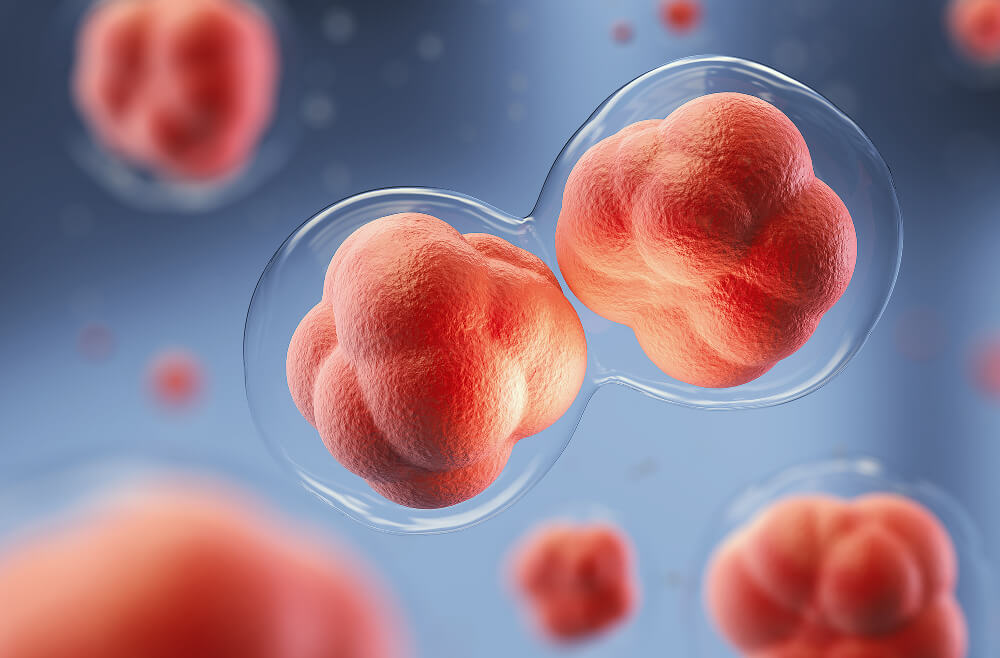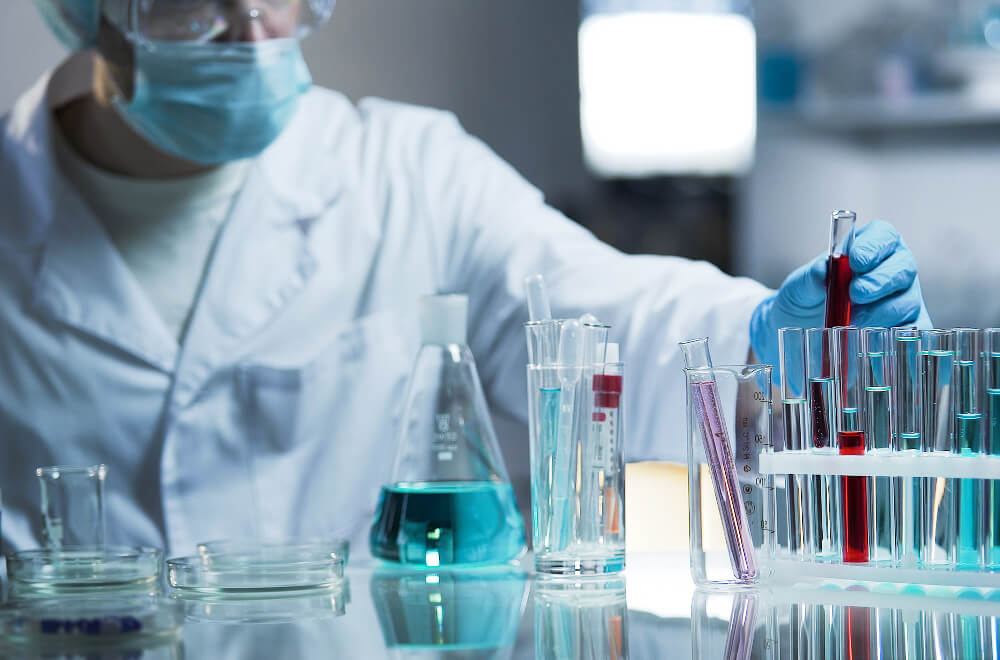MSCs are a type of adult stem cell and are multipotent, which means that they have the ability to generate a limited number of specialized cell types, though not all types. In particular, they most commonly develop into cartilage cells, bone cells, fibrous connective tissue, cells that support the formation of blood, and fat cells (though research also suggests that they can also differentiate into cells that do not belong to the skeletal tissues, such as nerve cells, heart muscle cells and liver cells).



